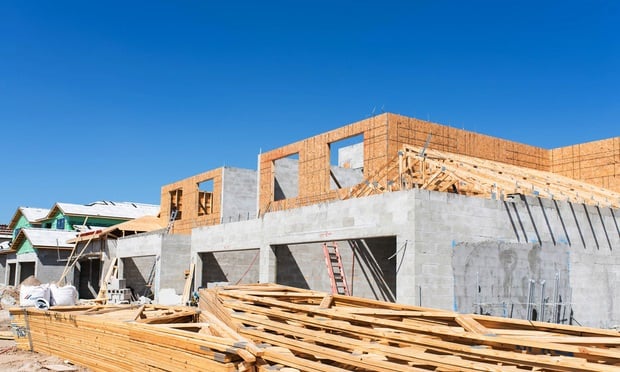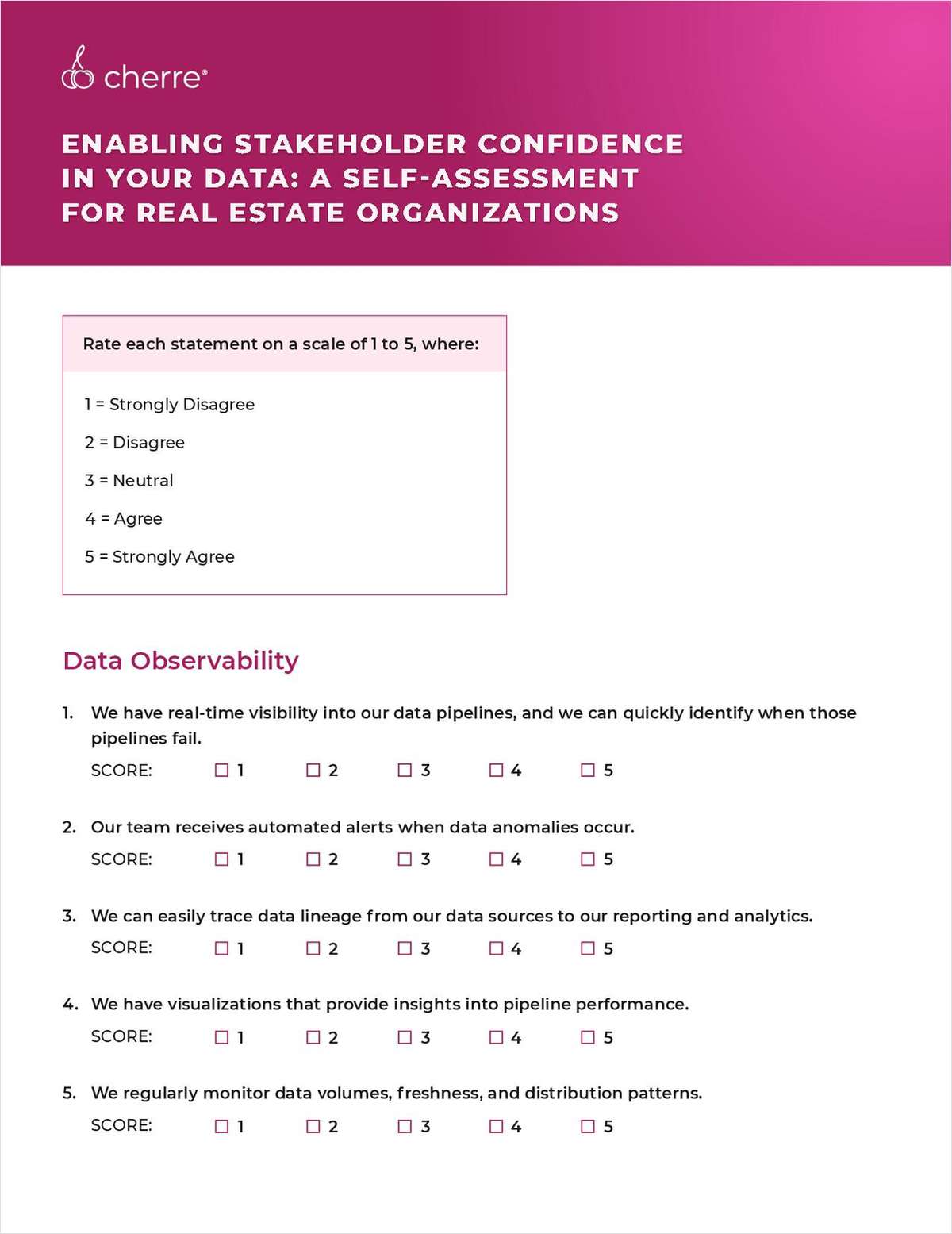SAN DIEGO—Sharing of HR and admin services, networking parties and encouraging synergies among tenants is the next phase for the growing co-working segment of the office sector, Gensler's director of workplace Maria Martinico tells GlobeSt.com. Gensler and ICE hosted an event last Thursday titled “Future of the Workplace Ecosystem,” a discussion with local and national industry experts.
Much of the discussion was based on Gensler's 2016 US Workplace Survey data, which provides a window into the workplaces of “top innovators” as measured by Gensler's Innovation Index—an average of six tested and validated questions—focused on innovation, leadership and creativity. Top innovators are determined by segmenting respondents into four groups based on their Innovation Index scores and identifying those employees ranking their companies as the most innovative in the sample. By comparing employees with the highest innovation index scores—those in the top quartile or 25%—to those in the bottom quartile, Gensler's Survey identified a suite of behaviors and spatial attributes that markedly increase innovation.
We spoke exclusively with Martinico about the takeaways from the event as well as what lies ahead for the office sector in terms of demand and success.
GlobeSt.com: What were the big takeaways from Thursday's event?
Martinico: Innovative companies do work differently, so we talked about what do they do and how we apply design strategies. Basically, there are three buckets: choice, amenities and relationships. Employees want choice in when, where and how they work. They also want many different amenities to support that, whether it be a large outdoor space to sit in a lounge chair and have a conference or a gym or cafeterias, restaurants and pubs. During the event, Gensler workplace leader Janet Pogue gave some examples: Facebook is building restaurants, creating a main strip with farm-to-table and chef-focused restaurants, while Time Warner is building restaurants Downtown and leveraging ways to bring amenities to the workplace. Regarding relationships, we are seeing among all generations that it's very important for employees to feel they're making a difference in their positions. If they don't feel it's meaningful and making a difference, they will leave.
In my presentation, I had a furniture person speak who focused on well-being and healthy choices and a developer who's bringing different amenities to campuses. We talked about our clients and how we're designing spaces around that environment. For example, Etsy is trying to make its headquarters space feel meaningful and purposeful. The company had all its members come in and help them design their space, and a majority of the workspace made out of items handmade by their customers.
Regarding our company, we now have the opportunity to build a new office space for our 100-person San Diego office. We are taking all of these factors into account, including WELL building and LEED Platinum certification.
GlobeSt.com: What should forward-thinking developers keep in mind when creating workplaces?
Martinico: Choice—how they think about providing the space for the individual, the team or workgroup and the community (the entire organization). Those are the three buckets here. The work environment should provide a space where the individual can control noise, especially with an open plan. Noise management requires places nearby where they can go into enclosed room. You also need to allow the individual to have access to needed resources, people and equipment. They need to be able to work anywhere, so Wi-Fi and places throughout the space to charge their electronics are important. Groups need meeting spaces around the office everywhere, as well as access to the outdoors for meetings and breaks. Be sure you have spaces for them to connect to the community—in this case, the organization or office as a whole—and that means providing support and amenities for employees at every level. Innovative companies have twice the amenities of other companies. The amenities most desired in descending order, according to our research, are a restaurant and pub, specialty coffee, a place to buy groceries, outdoor spaces, a pharmacy, a gym, child care and elder care.
GlobeSt.com: With the office sector struggling in its fundamentals, what will drive demand going forward?
Martinico: Aside from choice, amenities and connection to community, we're finding that there is the a new co-working environment. We're seeing statistics that 40% of office space may be co-working spaces by 2020. Many companies don't want to own their own office space, create their own building or spend money investing in amenities; they don't want to be bothered by it all, so we're reading that they're going to leverage those costs and let developers of co-working spaces to take the costs. This way, companies become a member of the co-working space, determine the kind of space they want and pay a monthly fee for that. And they're not only leveraging expenses for these perks, but they're wanting to network with companies under one roof. They might be next door to a law firm or an accounting, and they want to leverage those services, admin and HR. Co-working companies are bringing in speakers, having happy hours, creating networking events and putting potential customers under the same roof. It's one of the co-working trends we're seeing, and that's probably how you're going to see office space move. At some point, it will go back around because it will get so large and unsustainable, but right now the trend is to attract companies to WELL-certified businesses with amenities and co-working space.
SAN DIEGO—Sharing of HR and admin services, networking parties and encouraging synergies among tenants is the next phase for the growing co-working segment of the office sector, Gensler's director of workplace Maria Martinico tells GlobeSt.com. Gensler and ICE hosted an event last Thursday titled “Future of the Workplace Ecosystem,” a discussion with local and national industry experts.
Much of the discussion was based on Gensler's 2016 US Workplace Survey data, which provides a window into the workplaces of “top innovators” as measured by Gensler's Innovation Index—an average of six tested and validated questions—focused on innovation, leadership and creativity. Top innovators are determined by segmenting respondents into four groups based on their Innovation Index scores and identifying those employees ranking their companies as the most innovative in the sample. By comparing employees with the highest innovation index scores—those in the top quartile or 25%—to those in the bottom quartile, Gensler's Survey identified a suite of behaviors and spatial attributes that markedly increase innovation.
We spoke exclusively with Martinico about the takeaways from the event as well as what lies ahead for the office sector in terms of demand and success.
GlobeSt.com: What were the big takeaways from Thursday's event?
Martinico: Innovative companies do work differently, so we talked about what do they do and how we apply design strategies. Basically, there are three buckets: choice, amenities and relationships. Employees want choice in when, where and how they work. They also want many different amenities to support that, whether it be a large outdoor space to sit in a lounge chair and have a conference or a gym or cafeterias, restaurants and pubs. During the event, Gensler workplace leader Janet Pogue gave some examples: Facebook is building restaurants, creating a main strip with farm-to-table and chef-focused restaurants, while Time Warner is building restaurants Downtown and leveraging ways to bring amenities to the workplace. Regarding relationships, we are seeing among all generations that it's very important for employees to feel they're making a difference in their positions. If they don't feel it's meaningful and making a difference, they will leave.
In my presentation, I had a furniture person speak who focused on well-being and healthy choices and a developer who's bringing different amenities to campuses. We talked about our clients and how we're designing spaces around that environment. For example, Etsy is trying to make its headquarters space feel meaningful and purposeful. The company had all its members come in and help them design their space, and a majority of the workspace made out of items handmade by their customers.
Regarding our company, we now have the opportunity to build a new office space for our 100-person San Diego office. We are taking all of these factors into account, including WELL building and LEED Platinum certification.
GlobeSt.com: What should forward-thinking developers keep in mind when creating workplaces?
Martinico: Choice—how they think about providing the space for the individual, the team or workgroup and the community (the entire organization). Those are the three buckets here. The work environment should provide a space where the individual can control noise, especially with an open plan. Noise management requires places nearby where they can go into enclosed room. You also need to allow the individual to have access to needed resources, people and equipment. They need to be able to work anywhere, so Wi-Fi and places throughout the space to charge their electronics are important. Groups need meeting spaces around the office everywhere, as well as access to the outdoors for meetings and breaks. Be sure you have spaces for them to connect to the community—in this case, the organization or office as a whole—and that means providing support and amenities for employees at every level. Innovative companies have twice the amenities of other companies. The amenities most desired in descending order, according to our research, are a restaurant and pub, specialty coffee, a place to buy groceries, outdoor spaces, a pharmacy, a gym, child care and elder care.
GlobeSt.com: With the office sector struggling in its fundamentals, what will drive demand going forward?
Martinico: Aside from choice, amenities and connection to community, we're finding that there is the a new co-working environment. We're seeing statistics that 40% of office space may be co-working spaces by 2020. Many companies don't want to own their own office space, create their own building or spend money investing in amenities; they don't want to be bothered by it all, so we're reading that they're going to leverage those costs and let developers of co-working spaces to take the costs. This way, companies become a member of the co-working space, determine the kind of space they want and pay a monthly fee for that. And they're not only leveraging expenses for these perks, but they're wanting to network with companies under one roof. They might be next door to a law firm or an accounting, and they want to leverage those services, admin and HR. Co-working companies are bringing in speakers, having happy hours, creating networking events and putting potential customers under the same roof. It's one of the co-working trends we're seeing, and that's probably how you're going to see office space move. At some point, it will go back around because it will get so large and unsustainable, but right now the trend is to attract companies to WELL-certified businesses with amenities and co-working space.
Want to continue reading?
Become a Free ALM Digital Reader.
Once you are an ALM Digital Member, you’ll receive:
- Breaking commercial real estate news and analysis, on-site and via our newsletters and custom alerts
- Educational webcasts, white papers, and ebooks from industry thought leaders
- Critical coverage of the property casualty insurance and financial advisory markets on our other ALM sites, PropertyCasualty360 and ThinkAdvisor
Already have an account? Sign In Now
*May exclude premium content© 2024 ALM Global, LLC, All Rights Reserved. Request academic re-use from www.copyright.com. All other uses, submit a request to [email protected]. For more information visit Asset & Logo Licensing.









